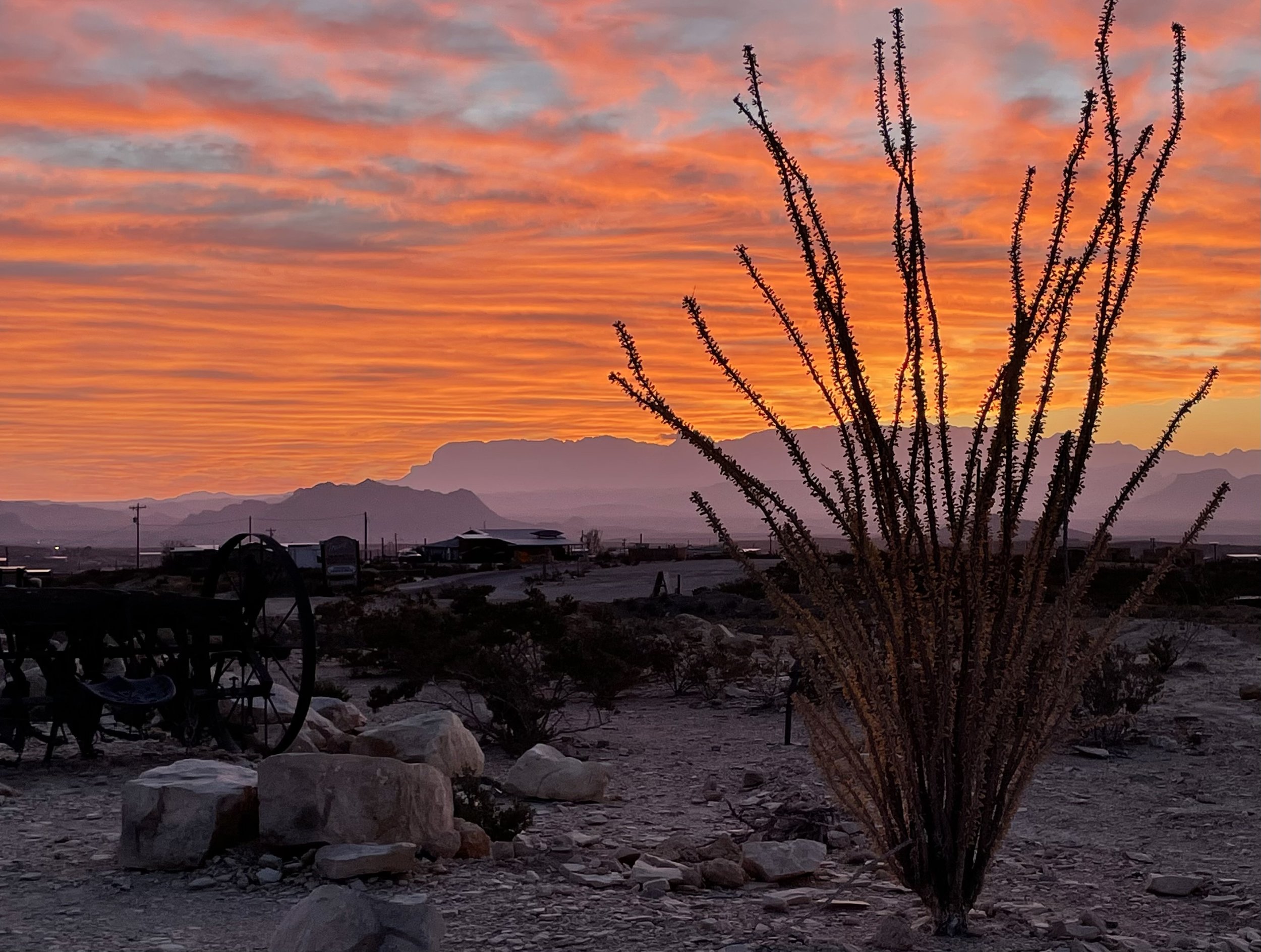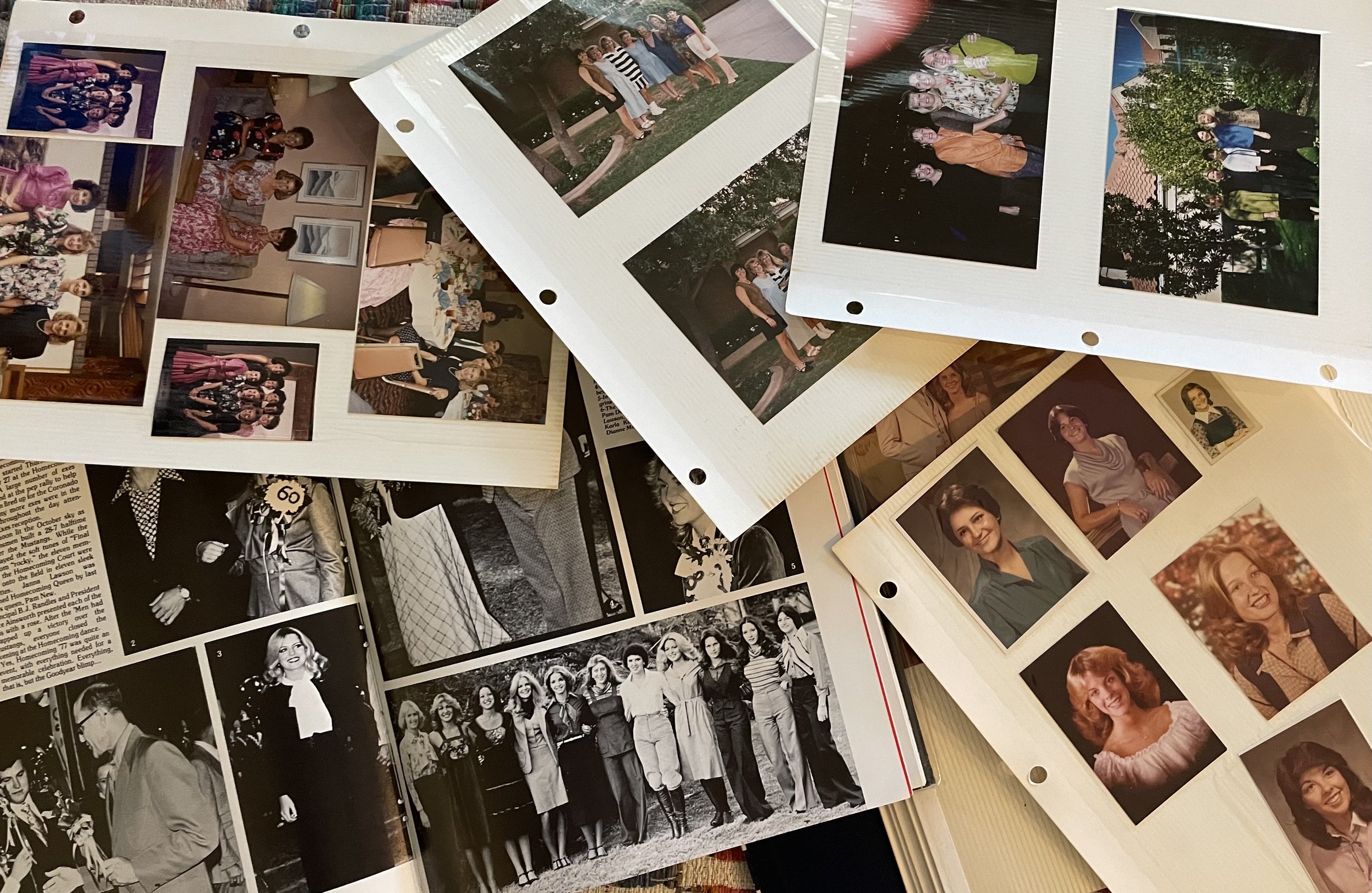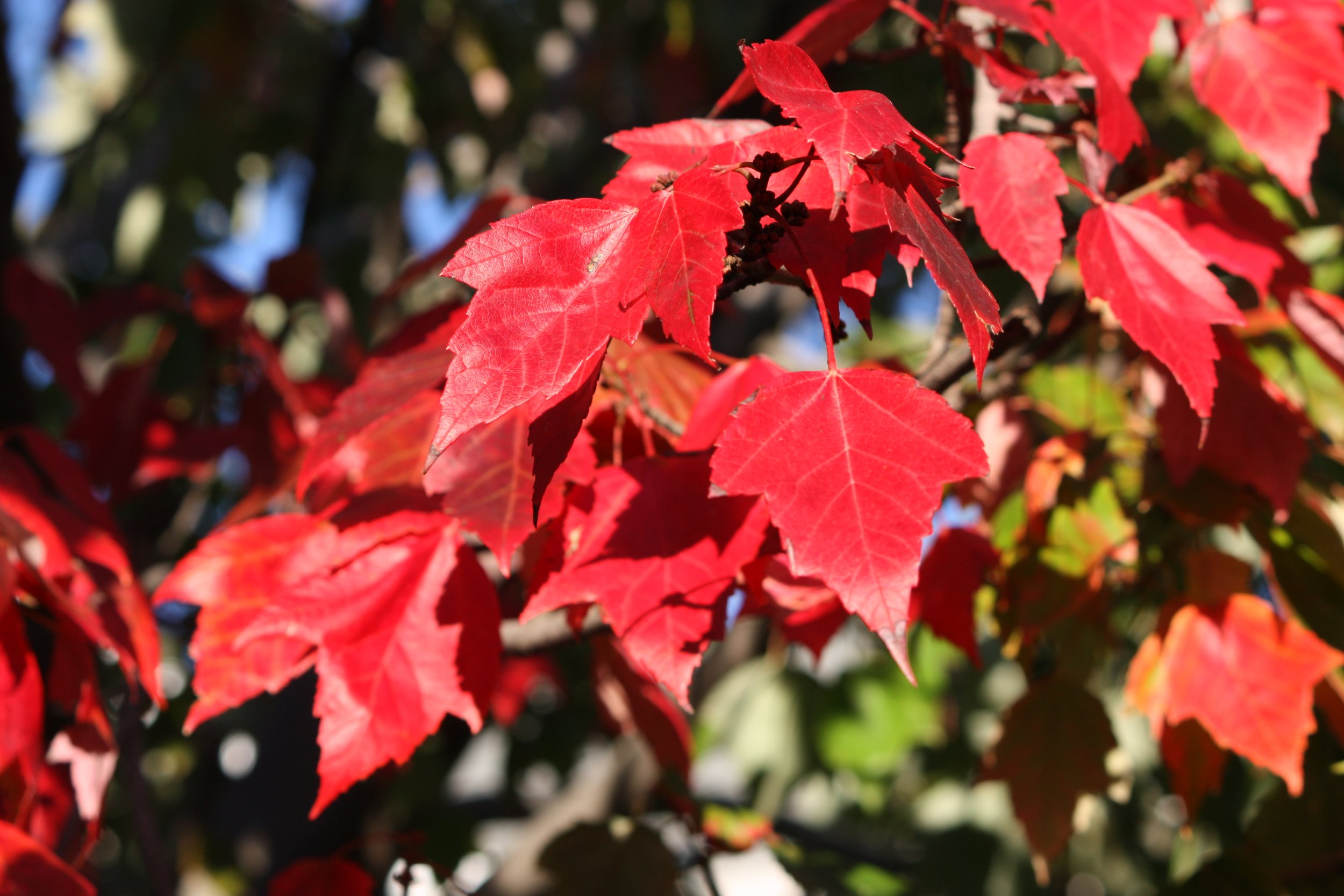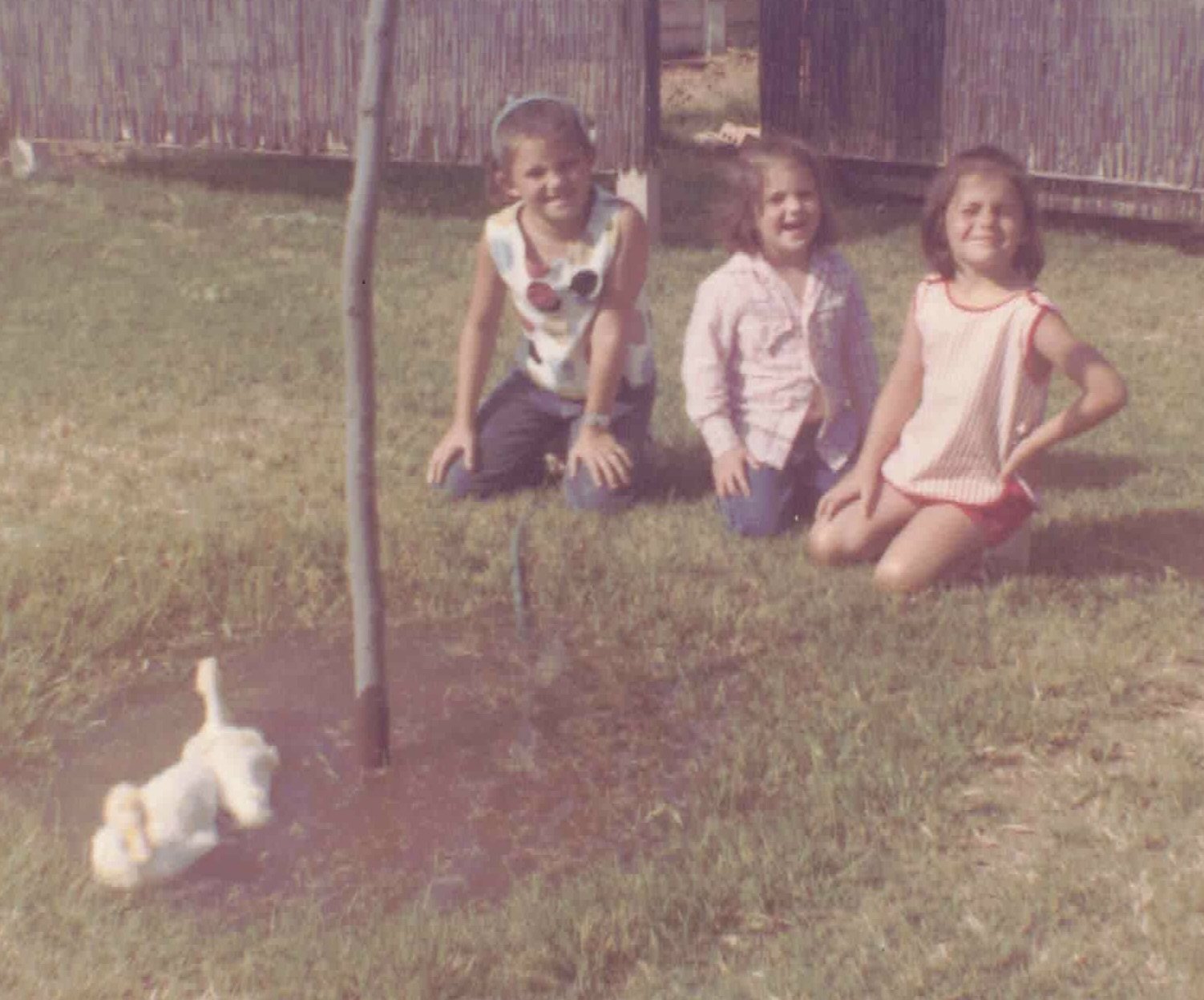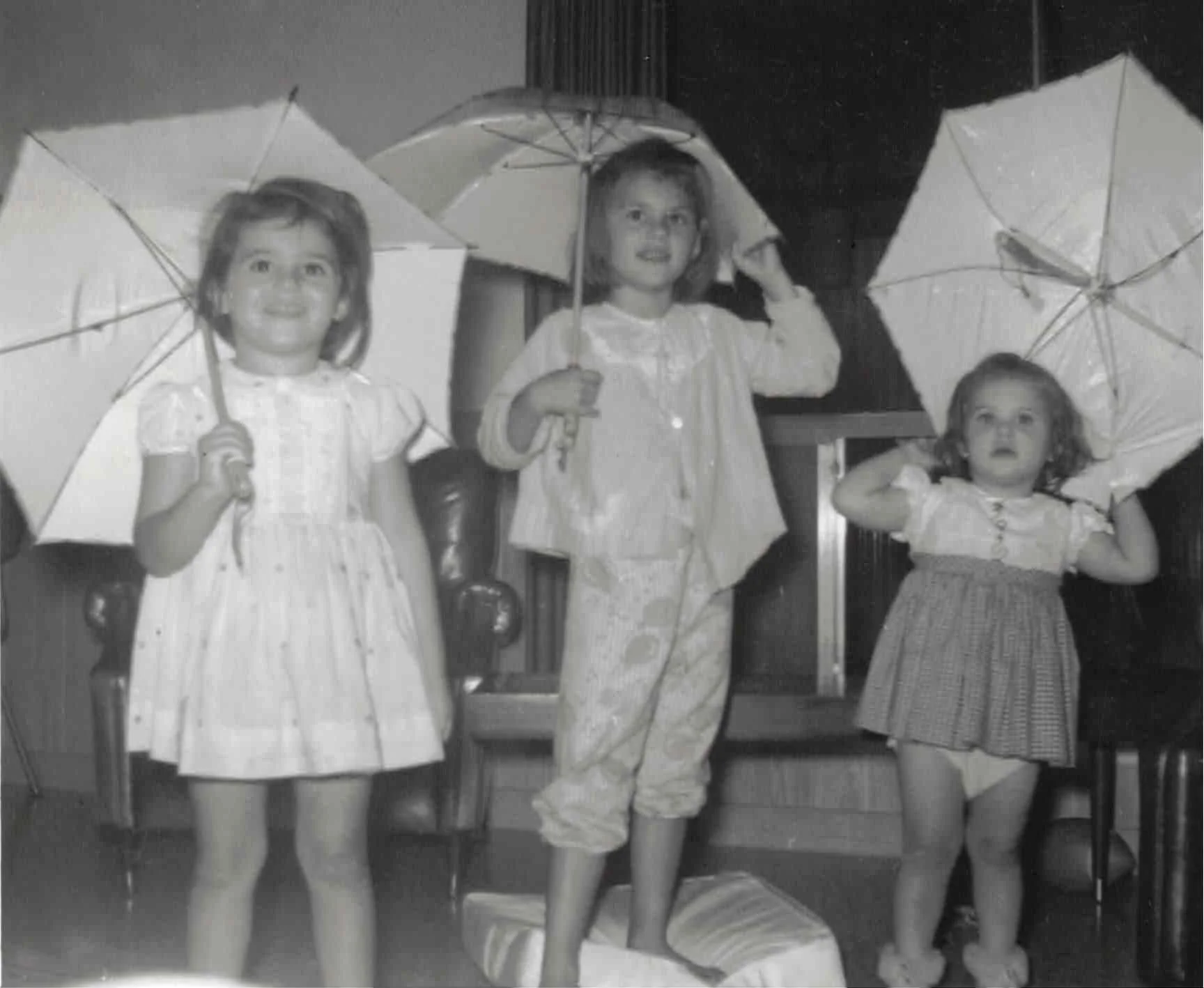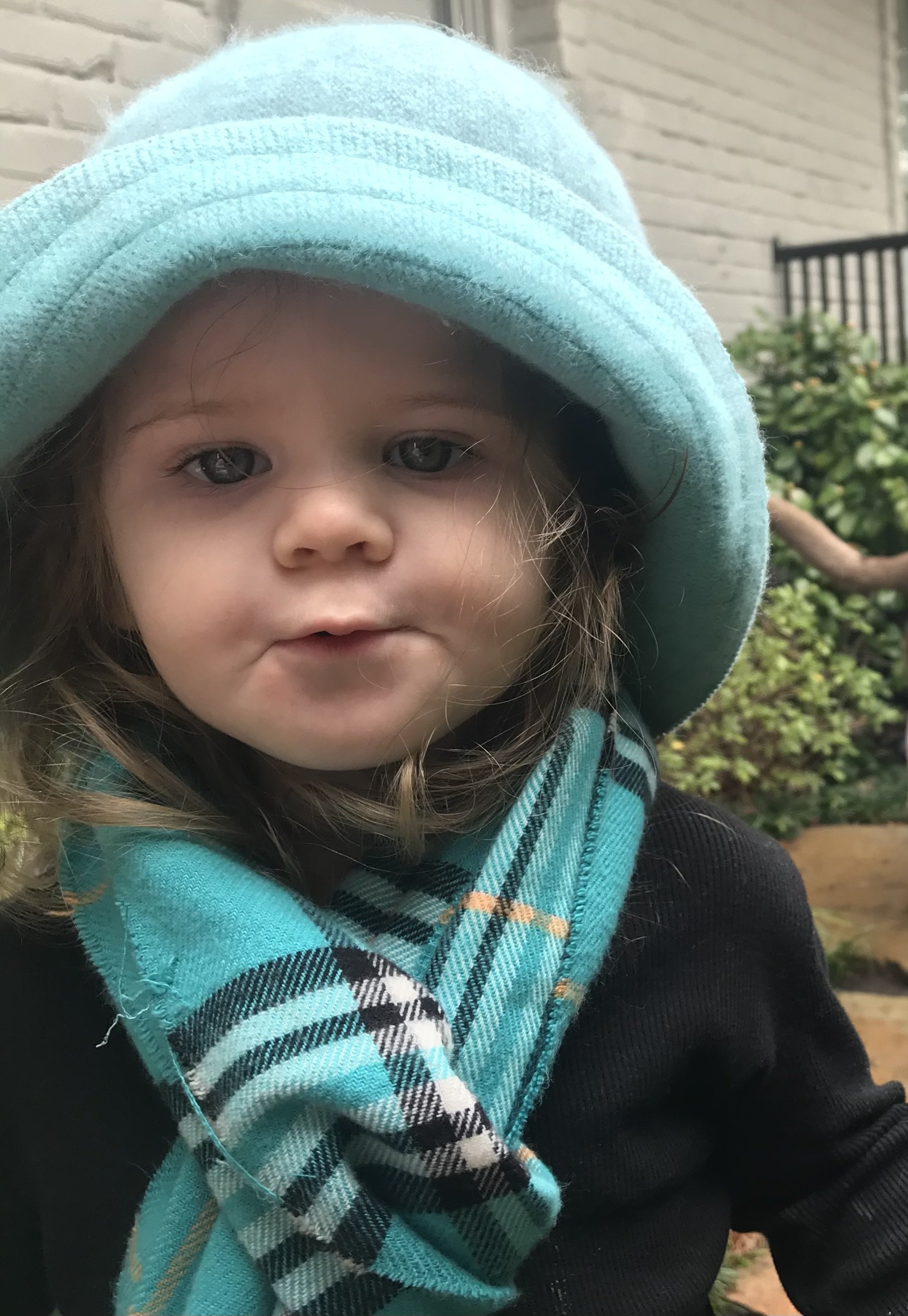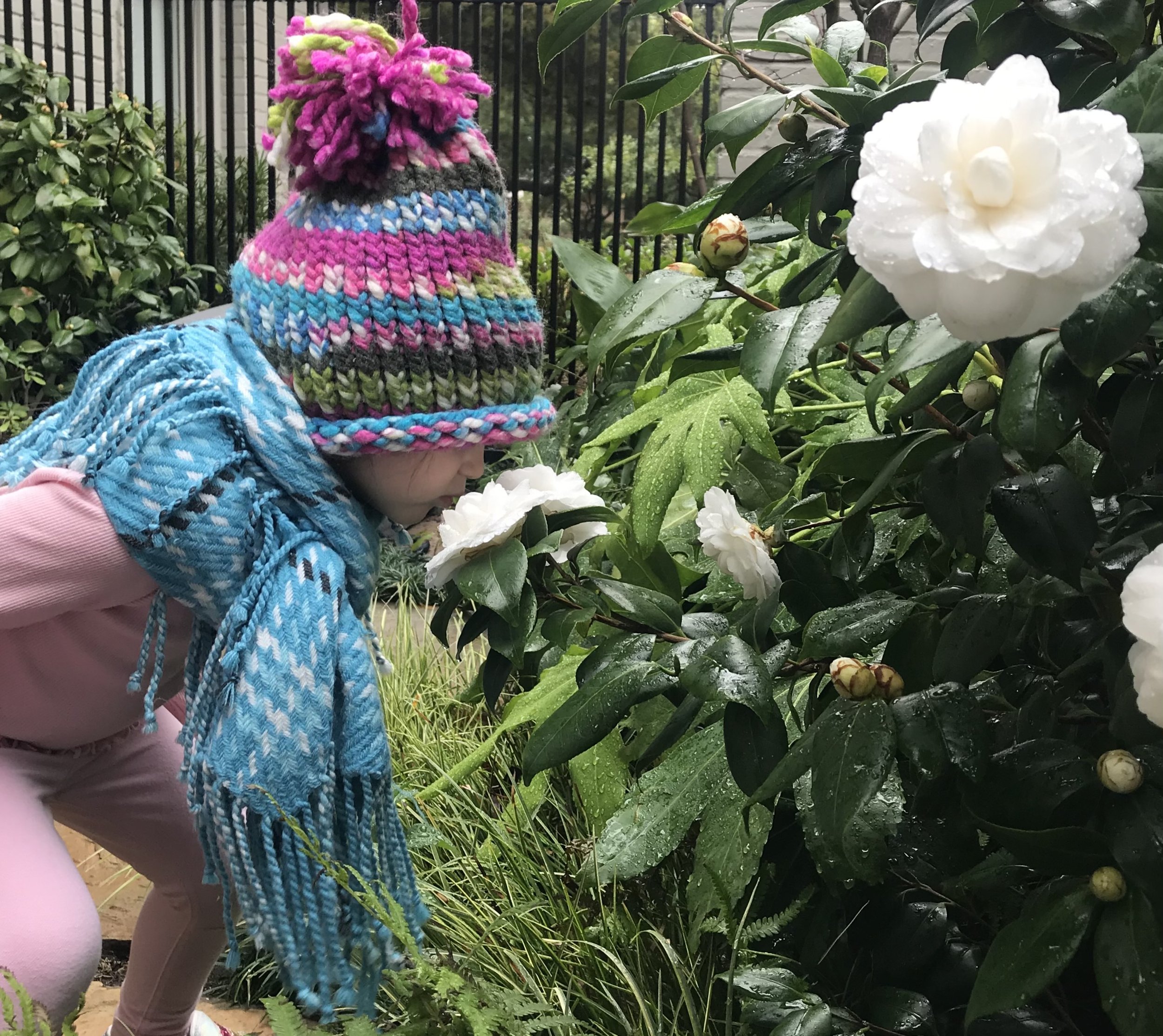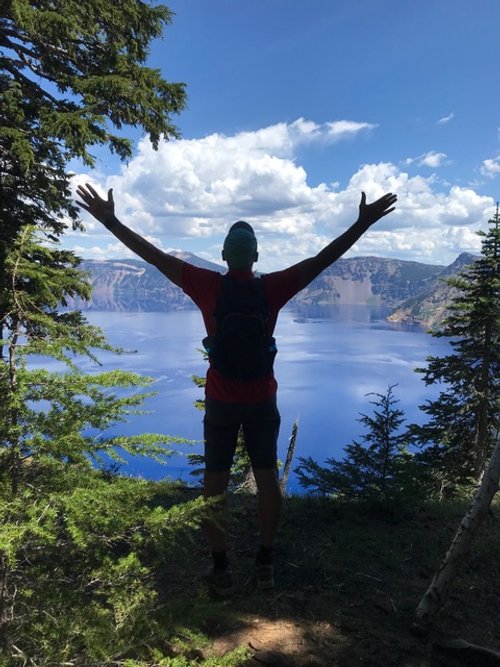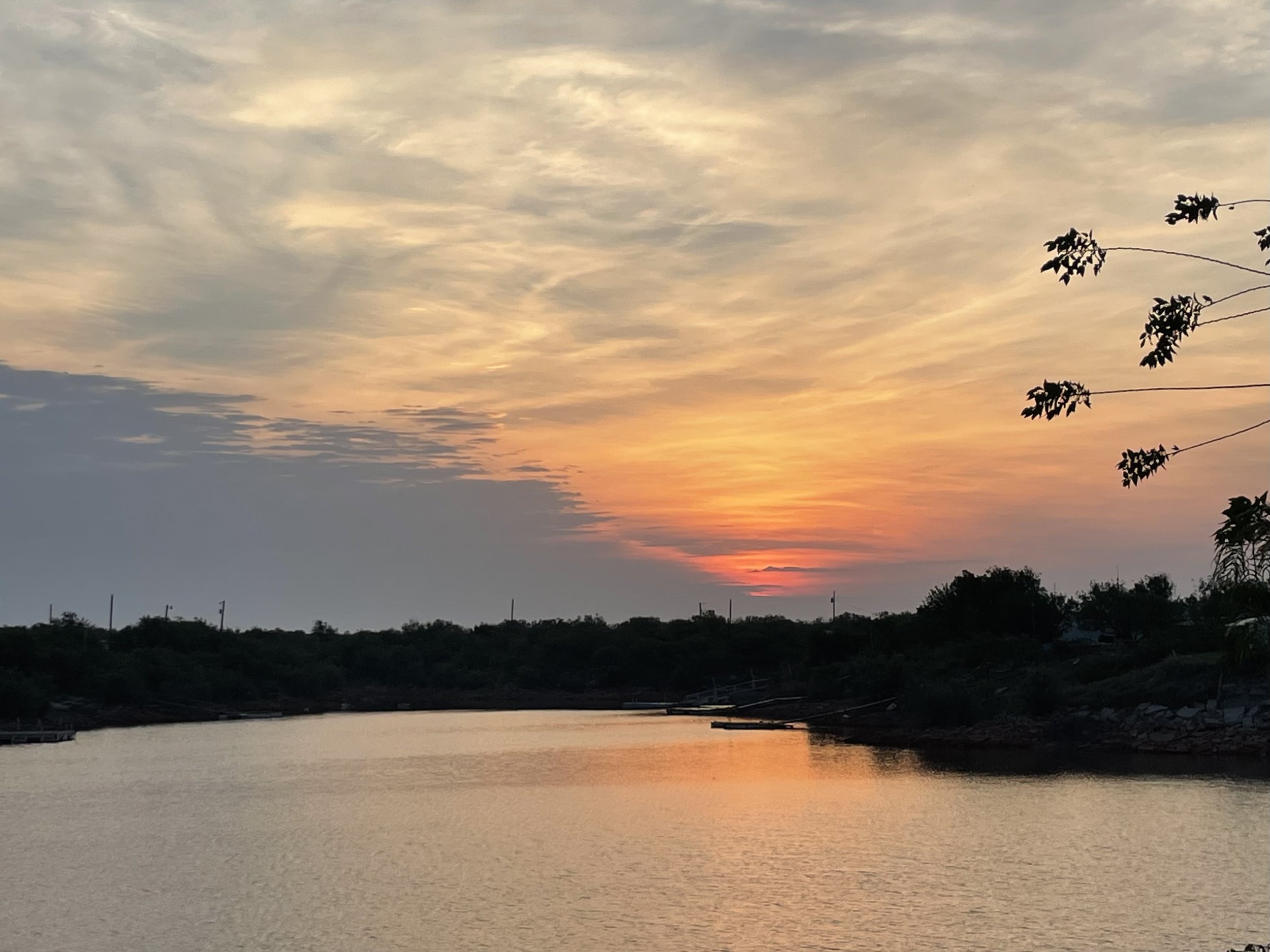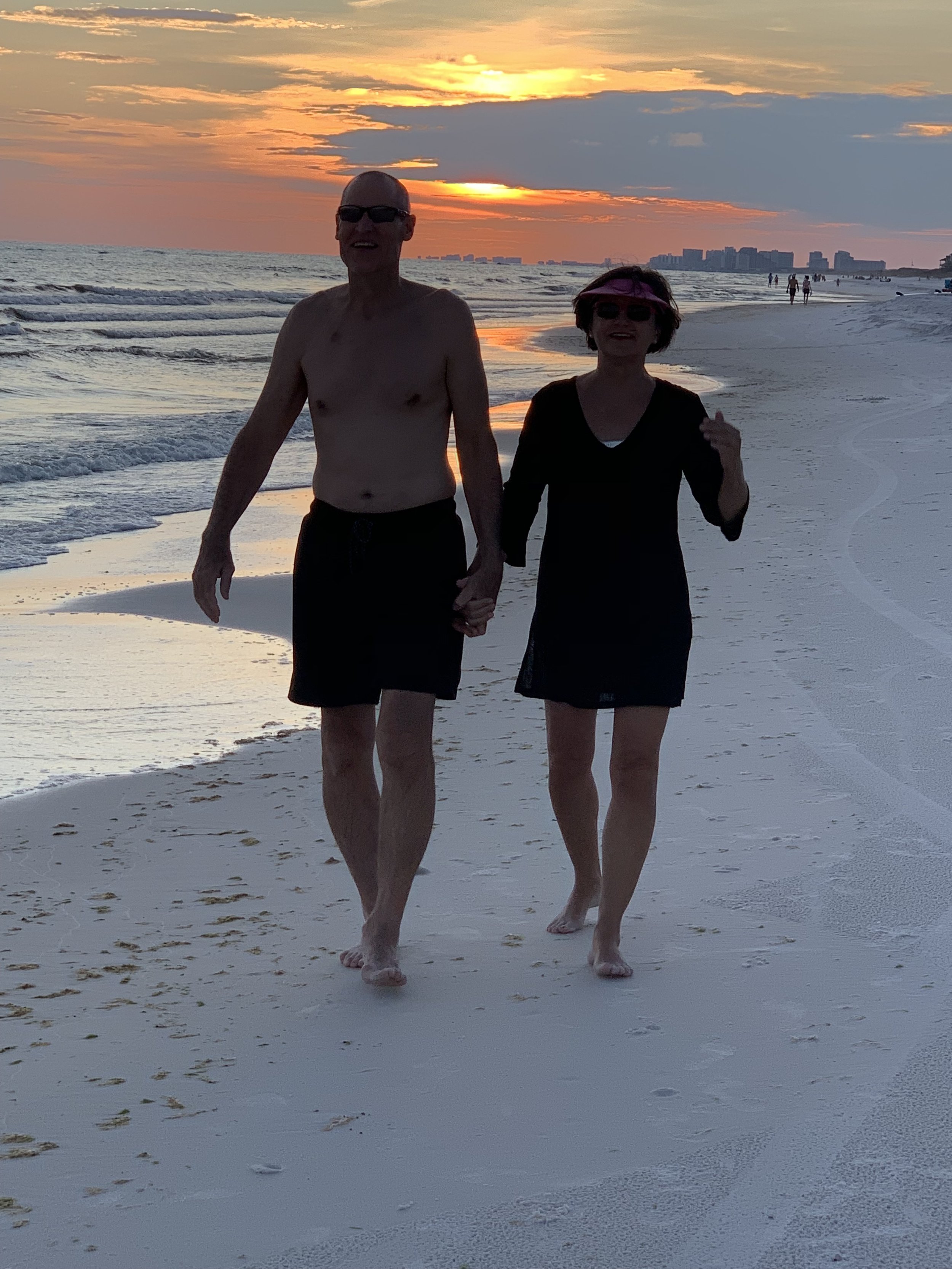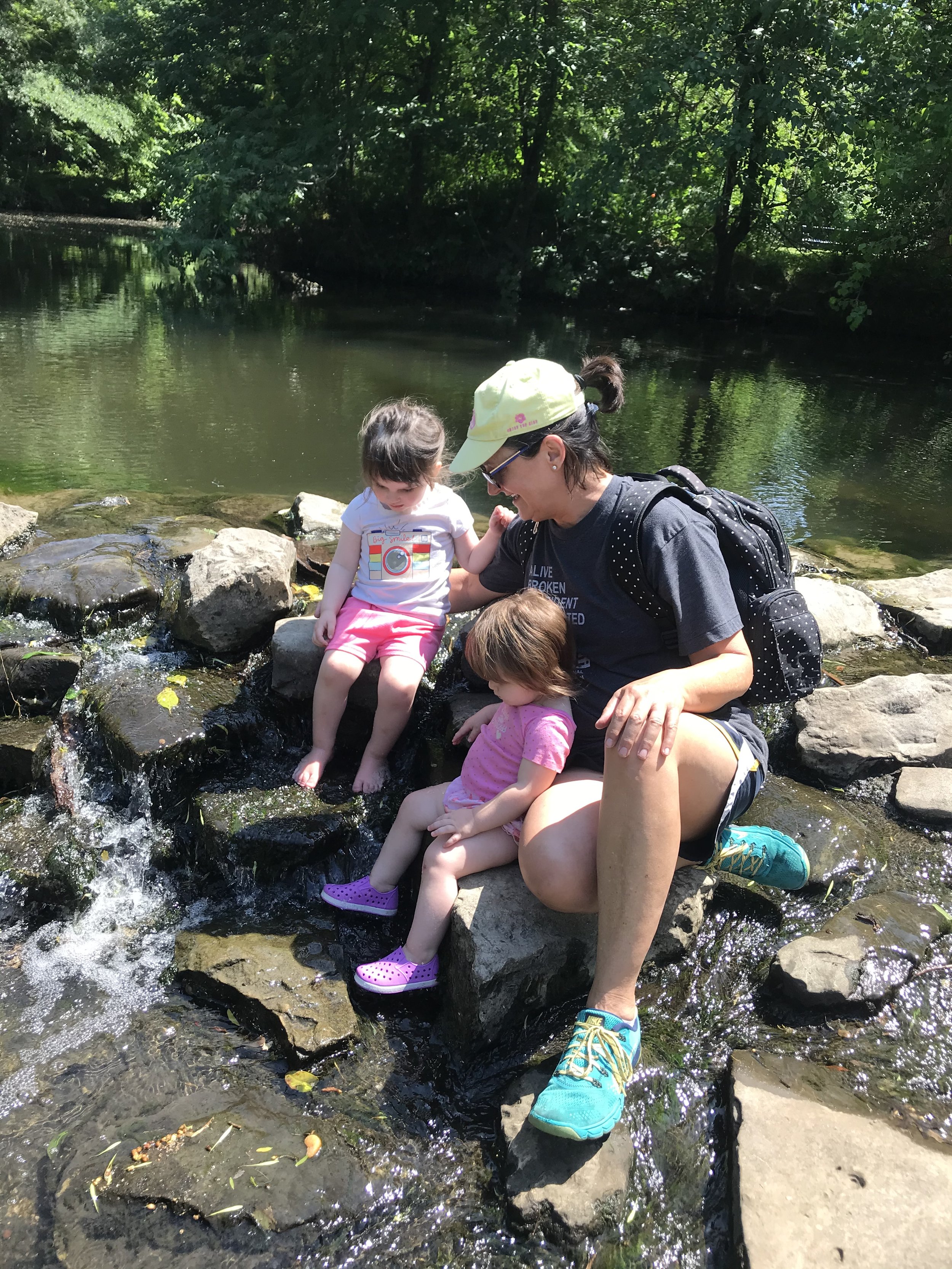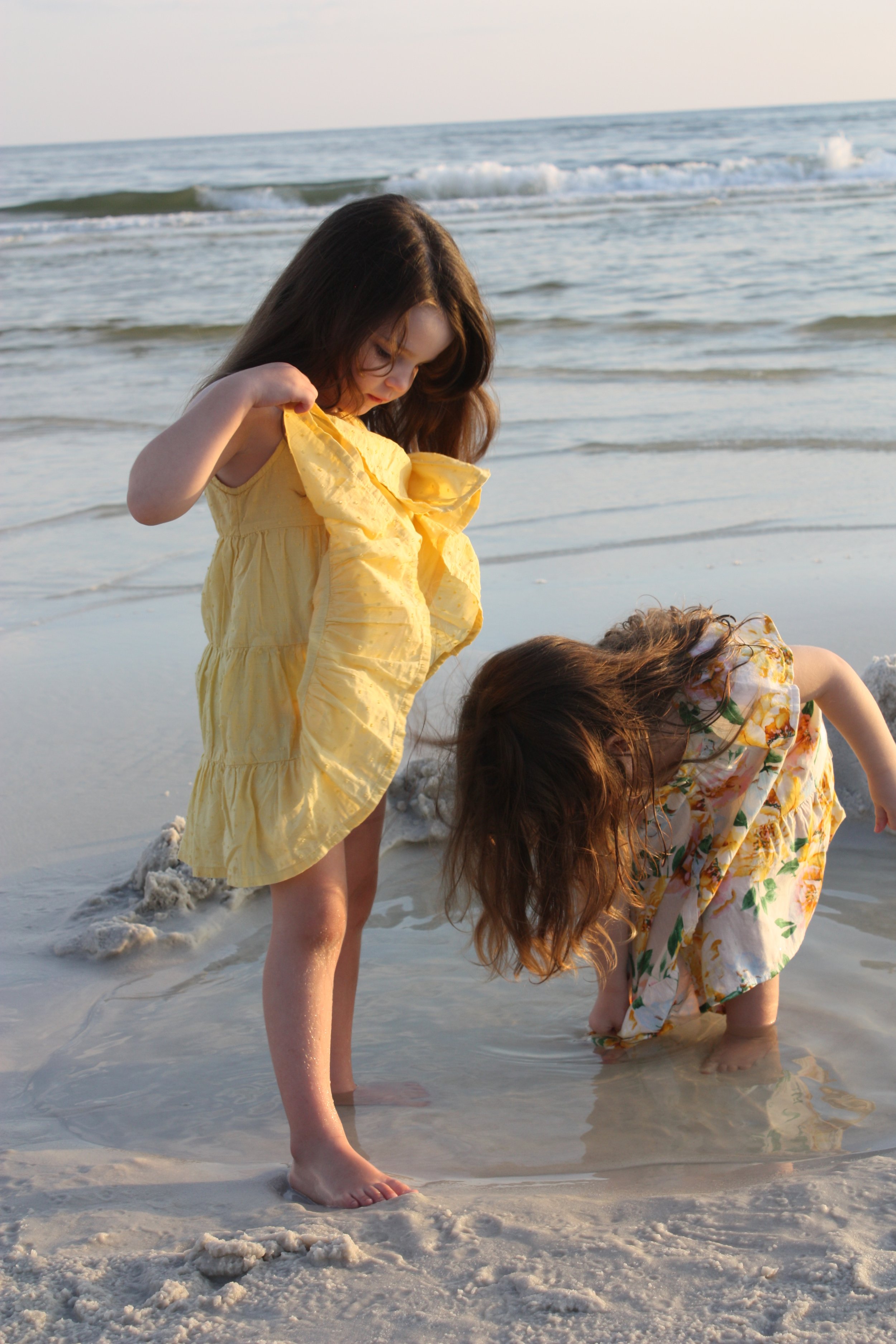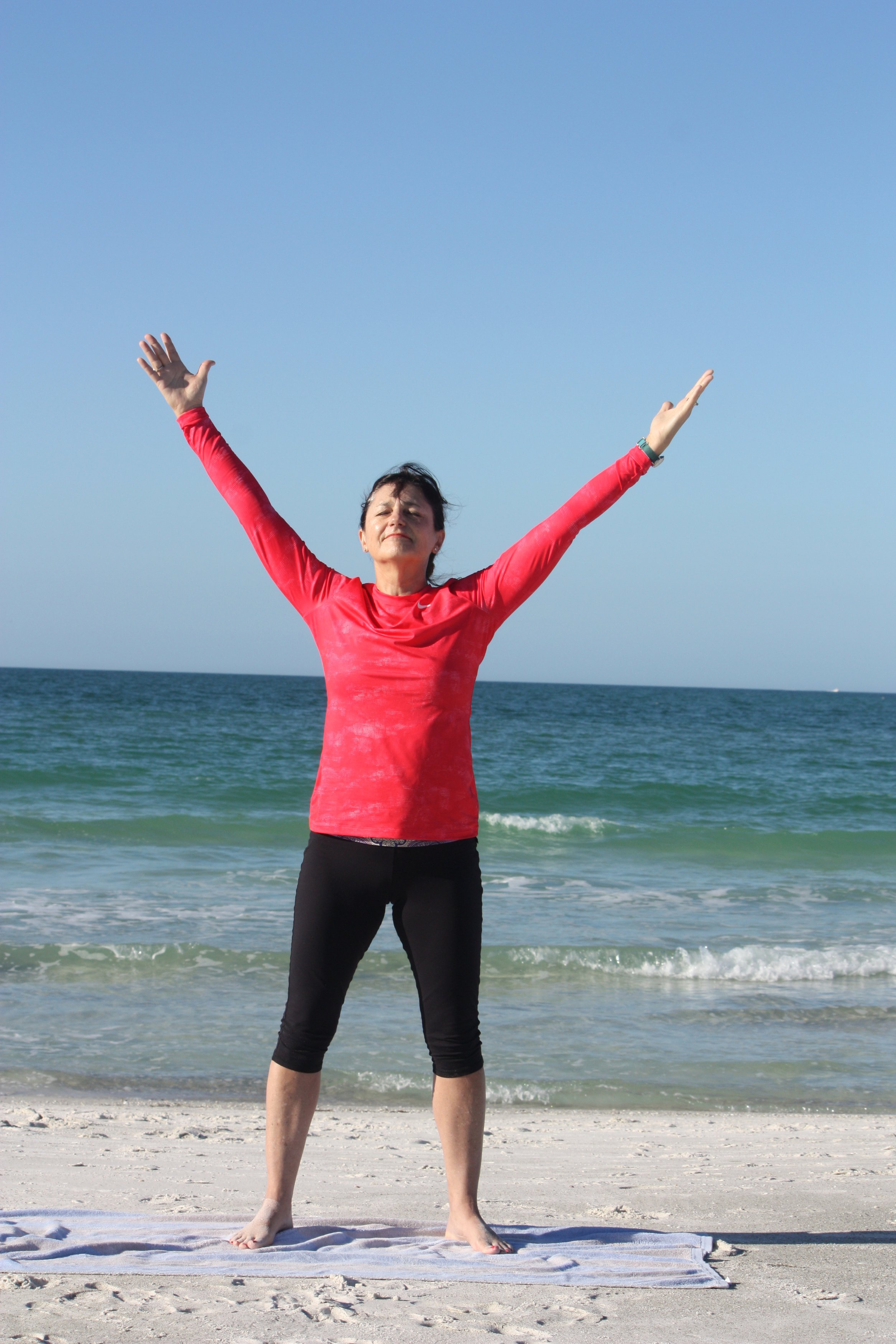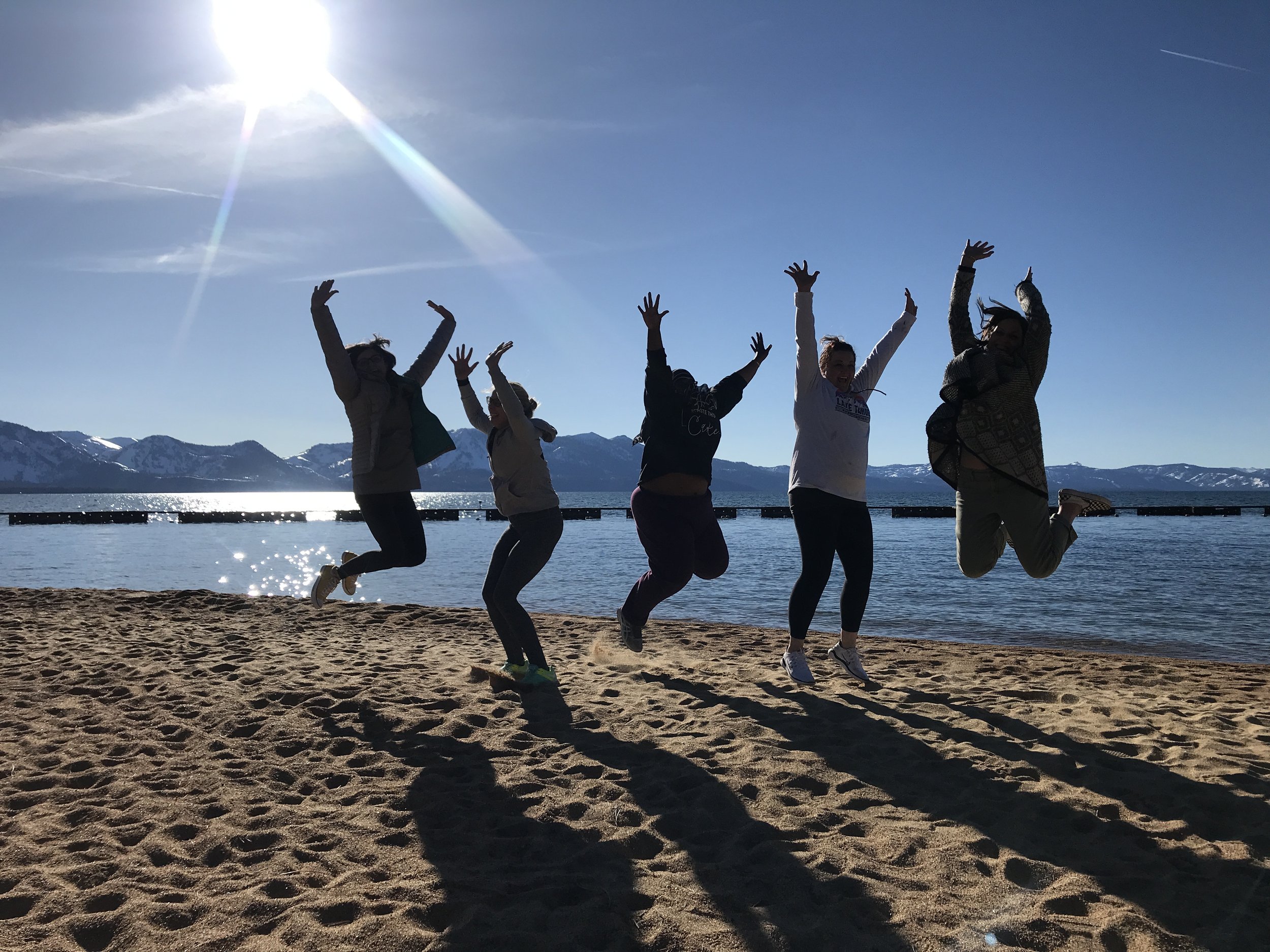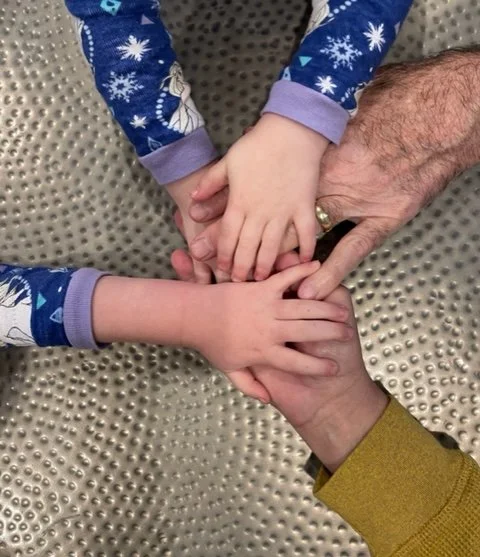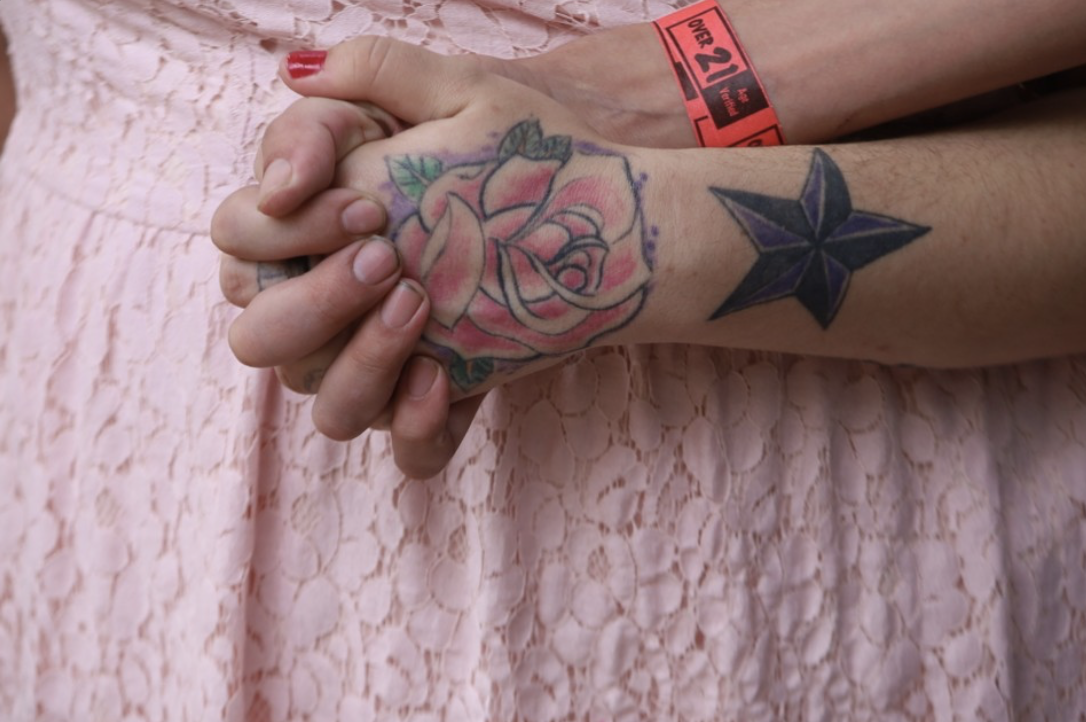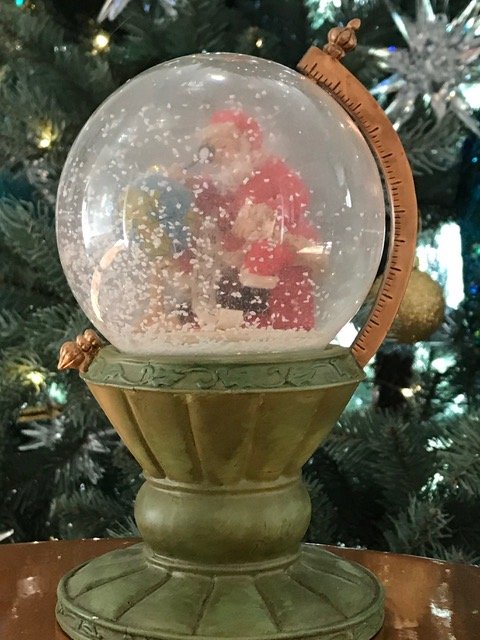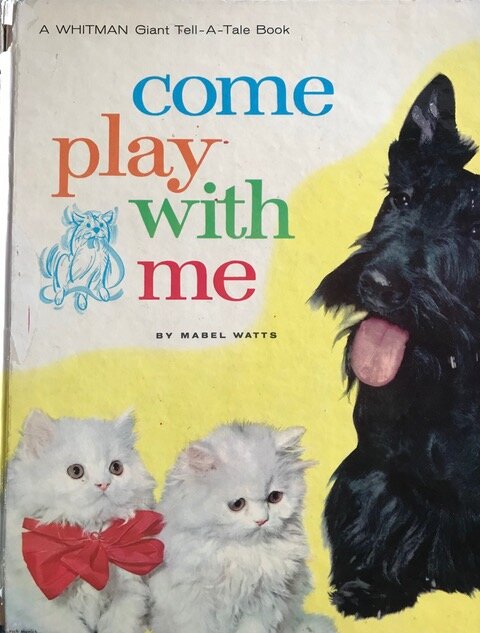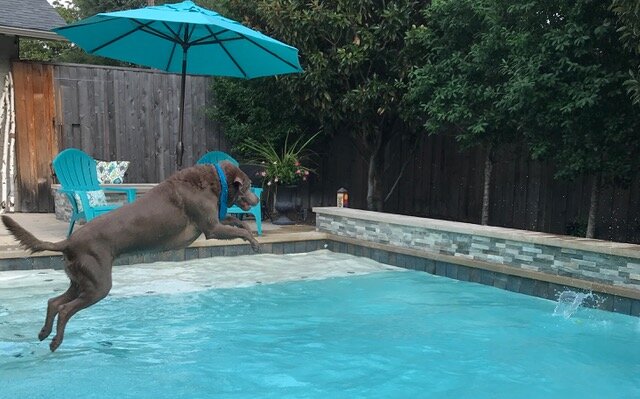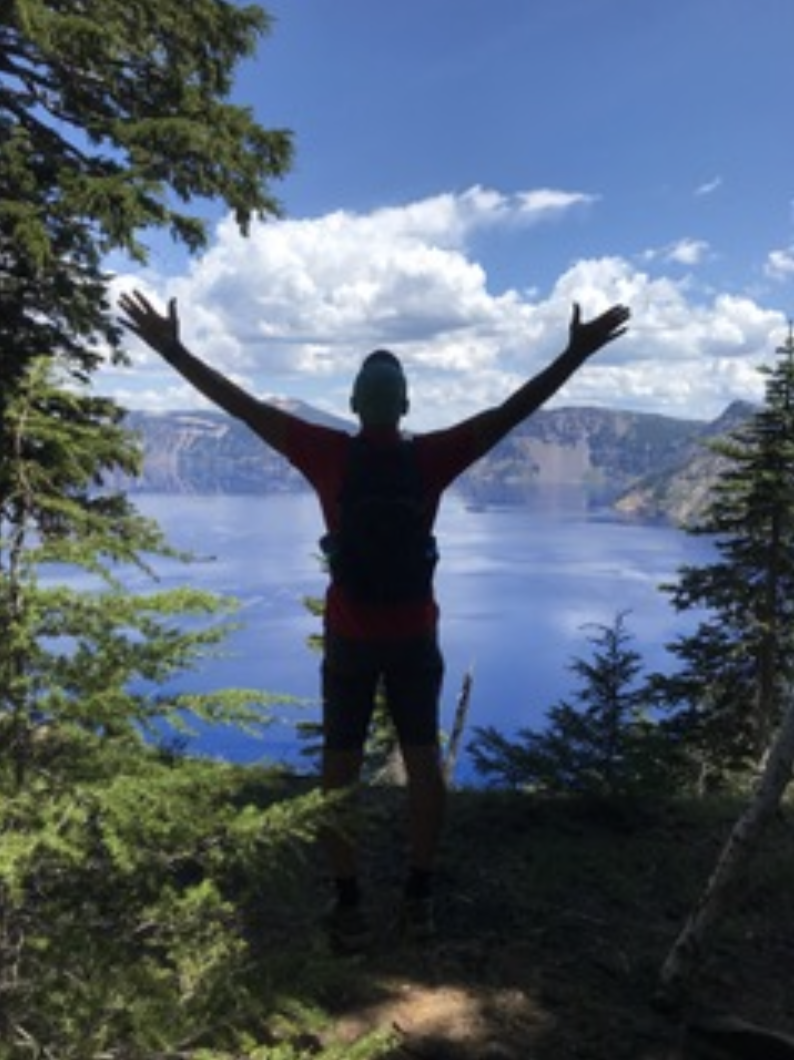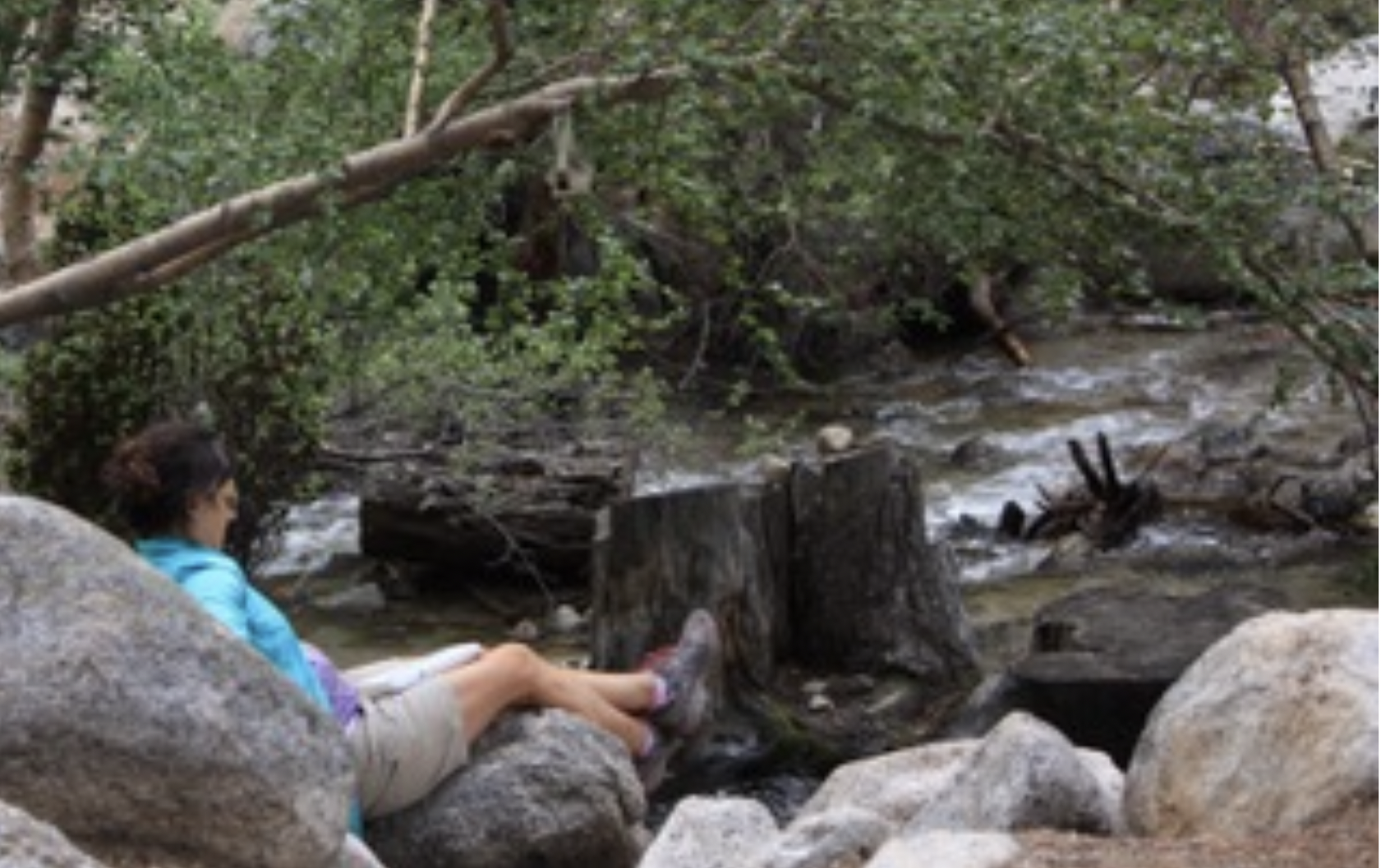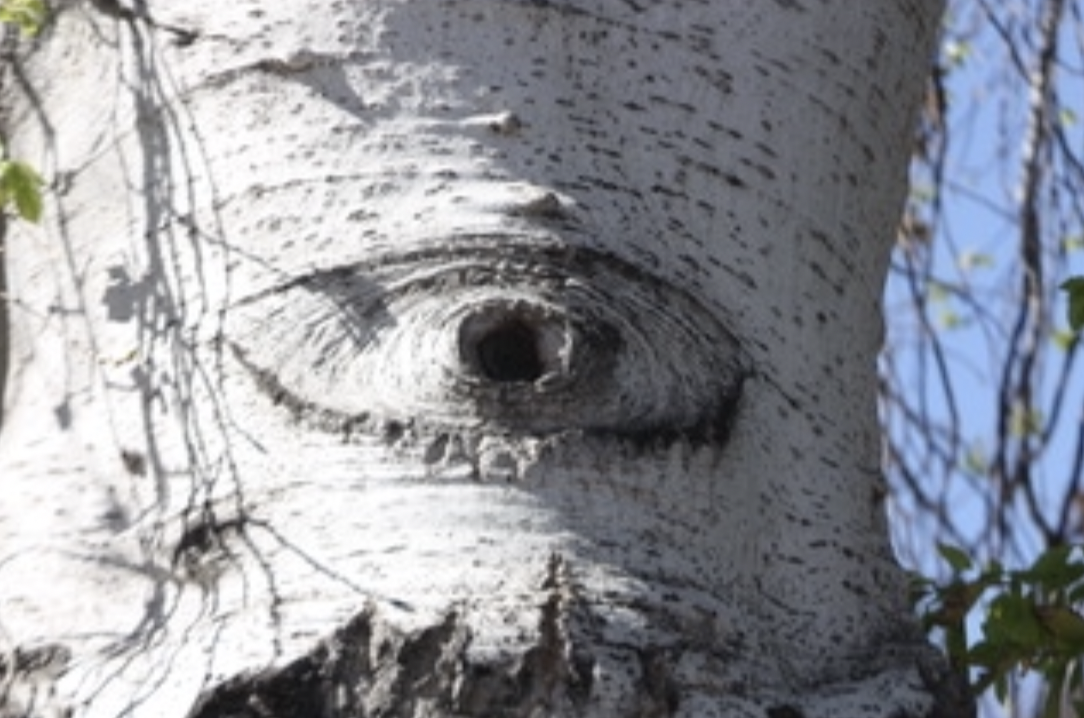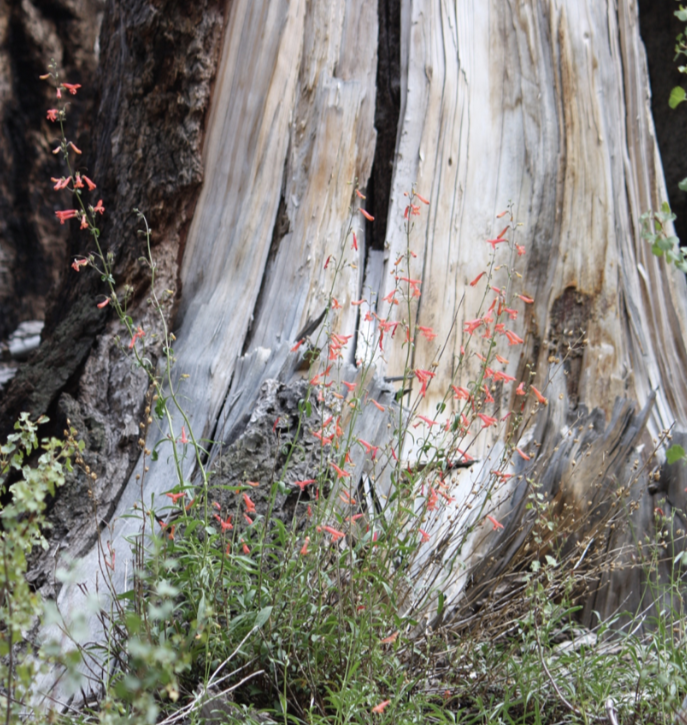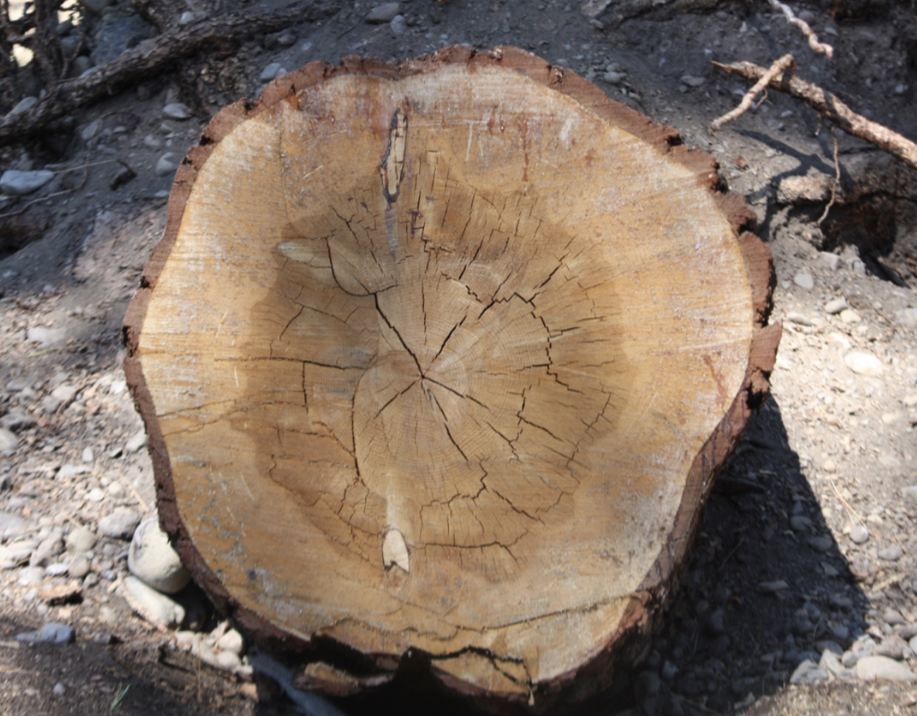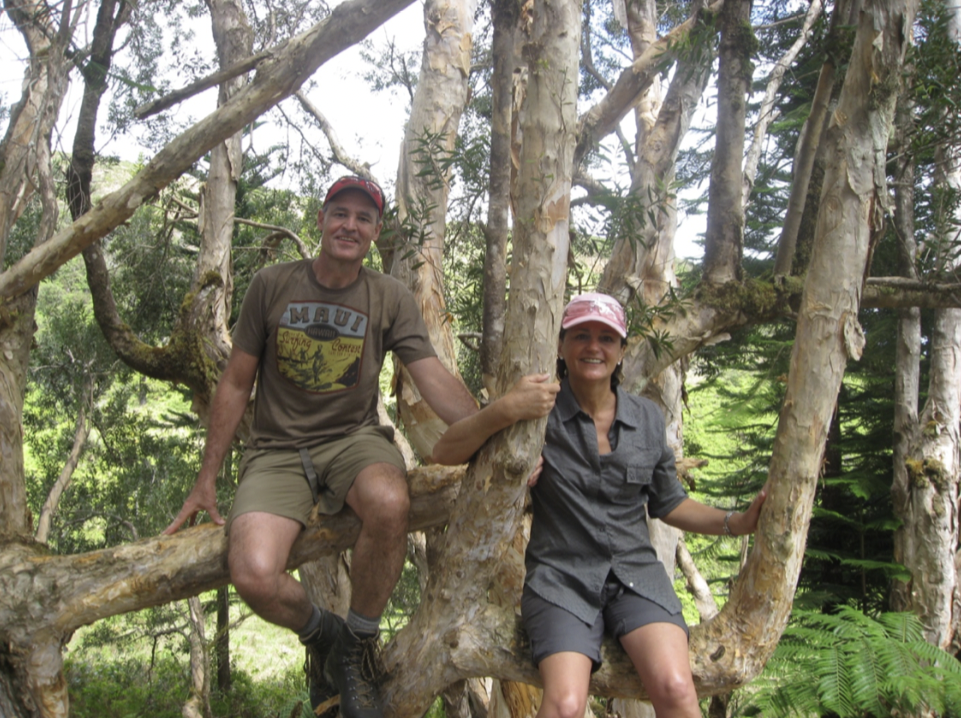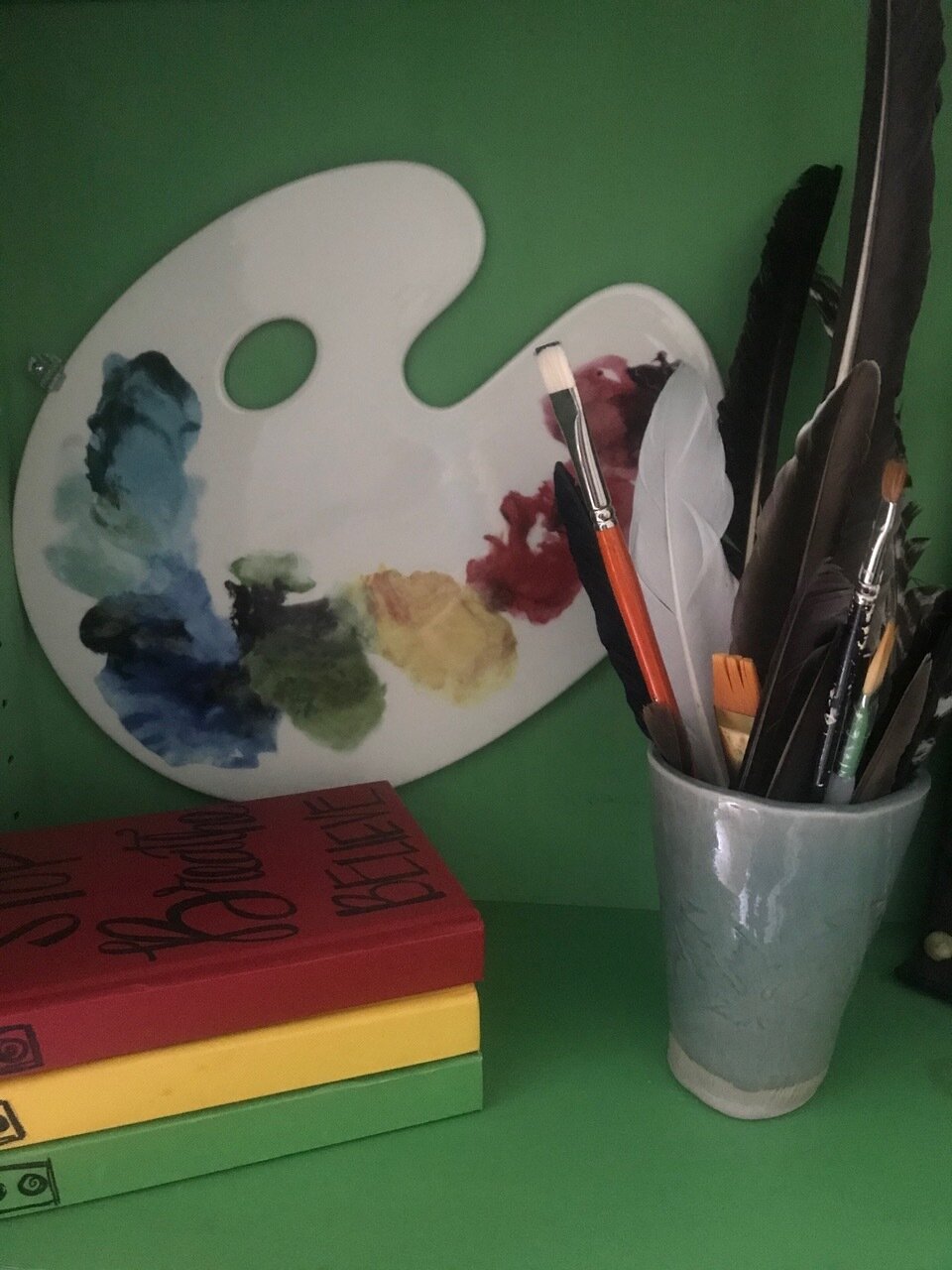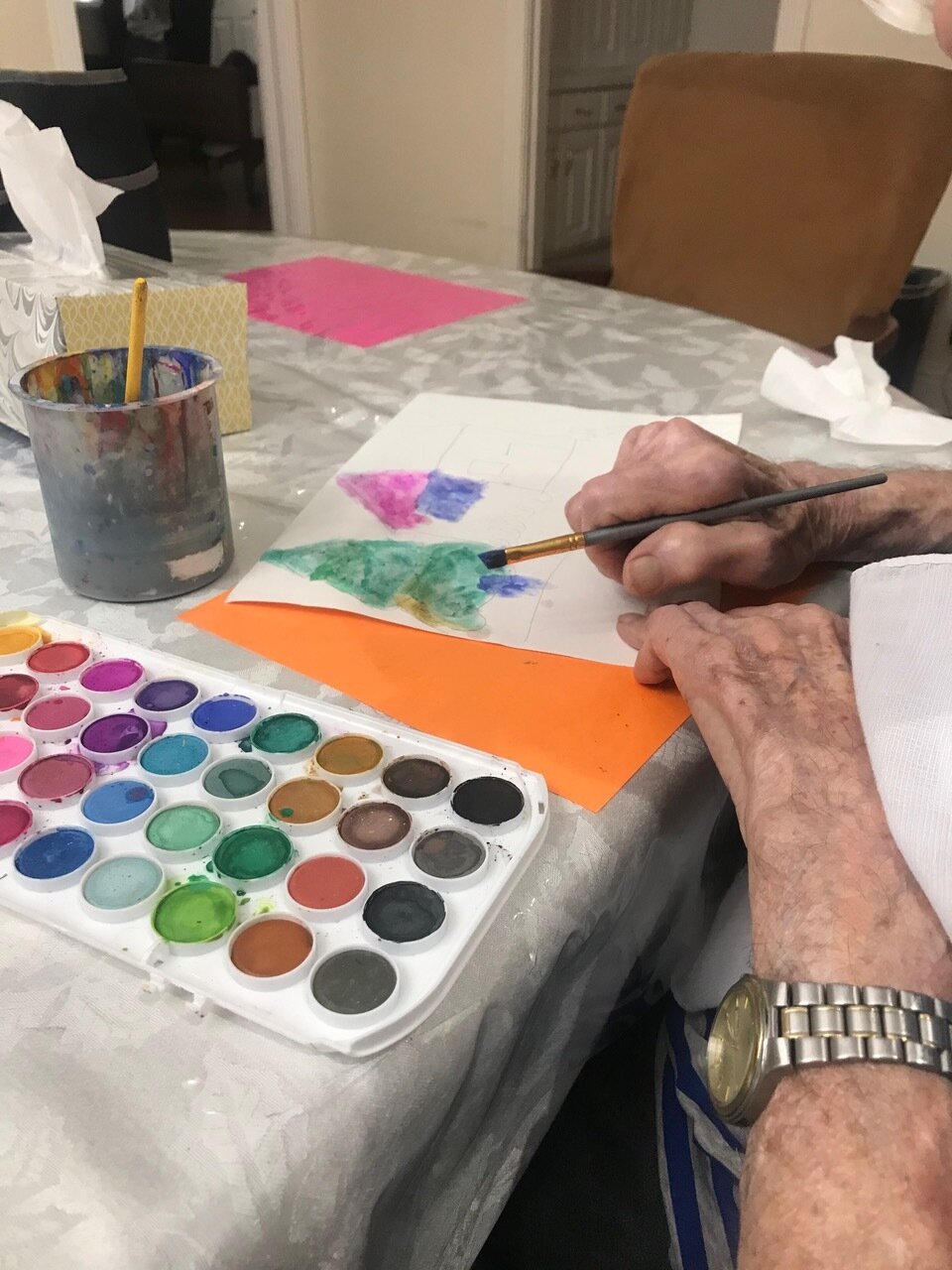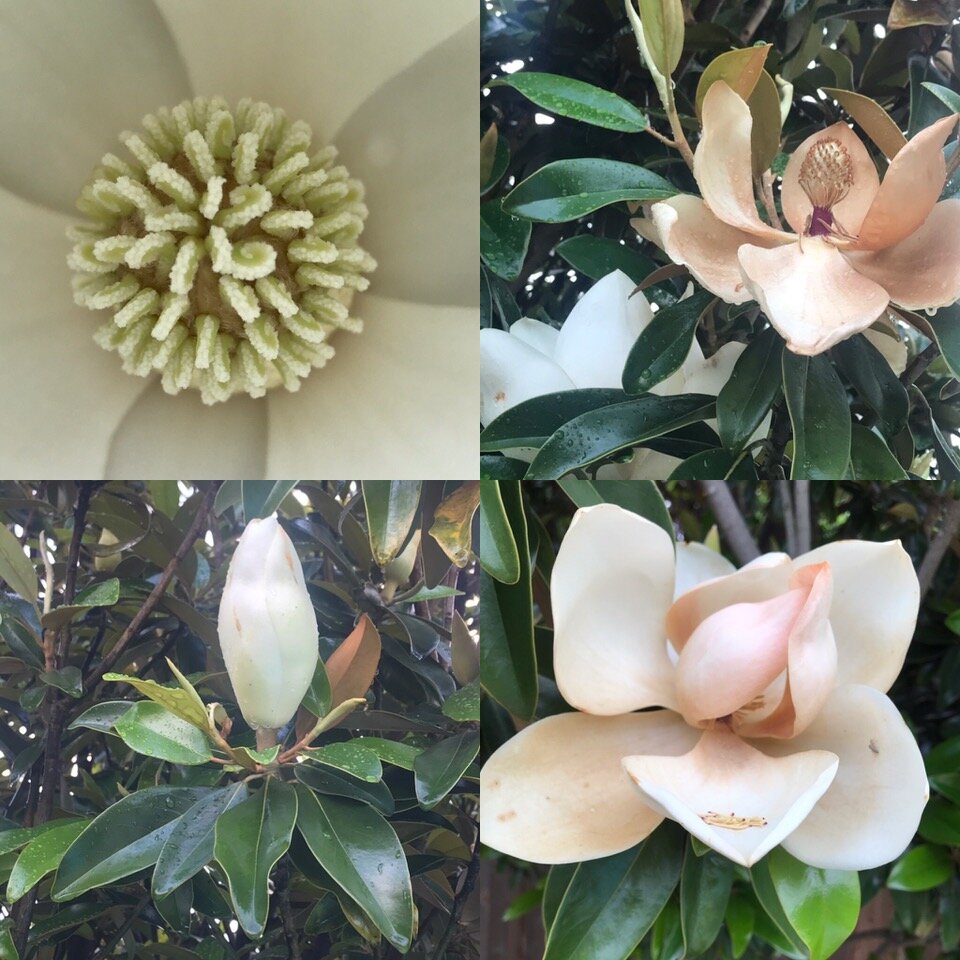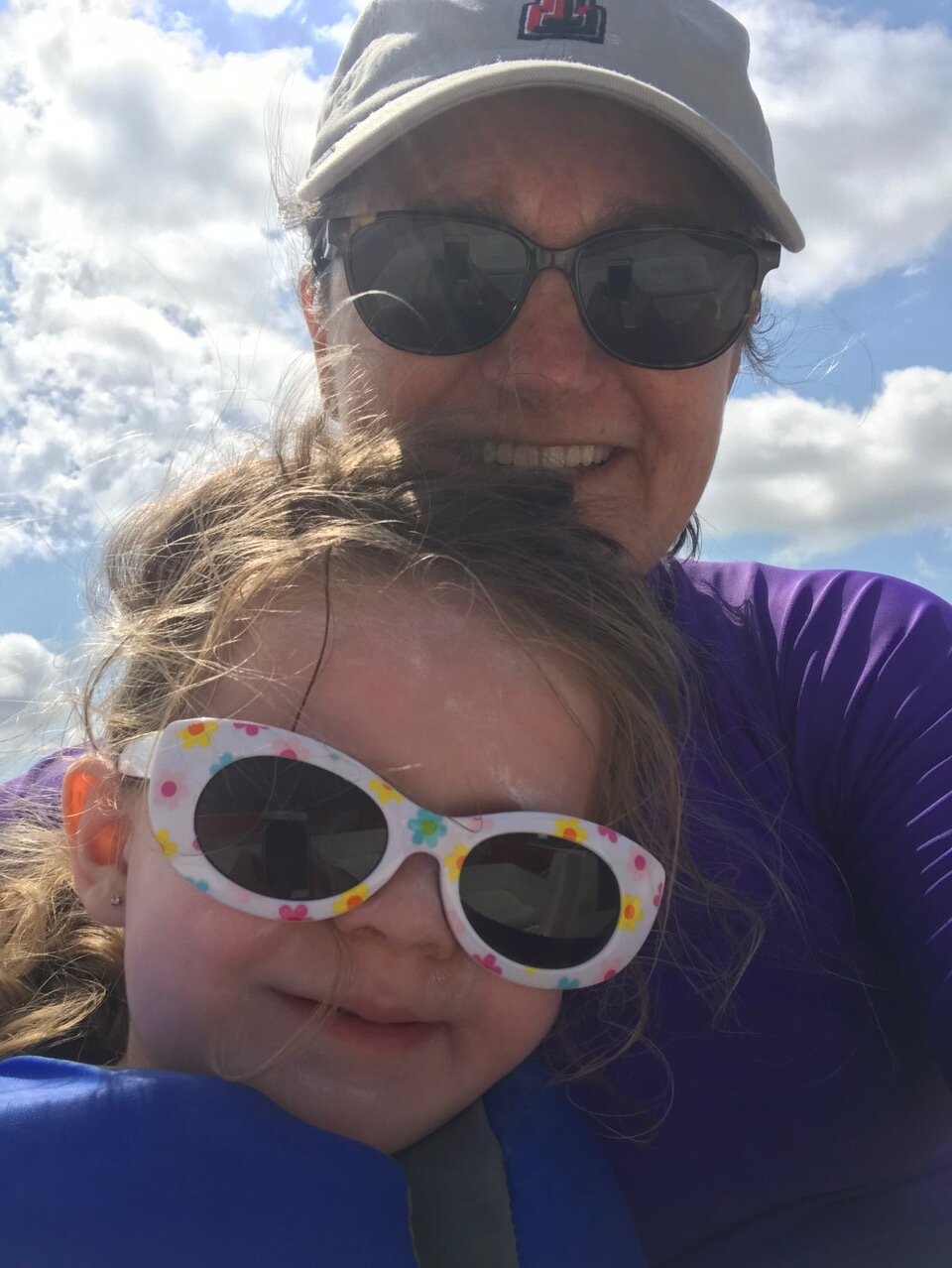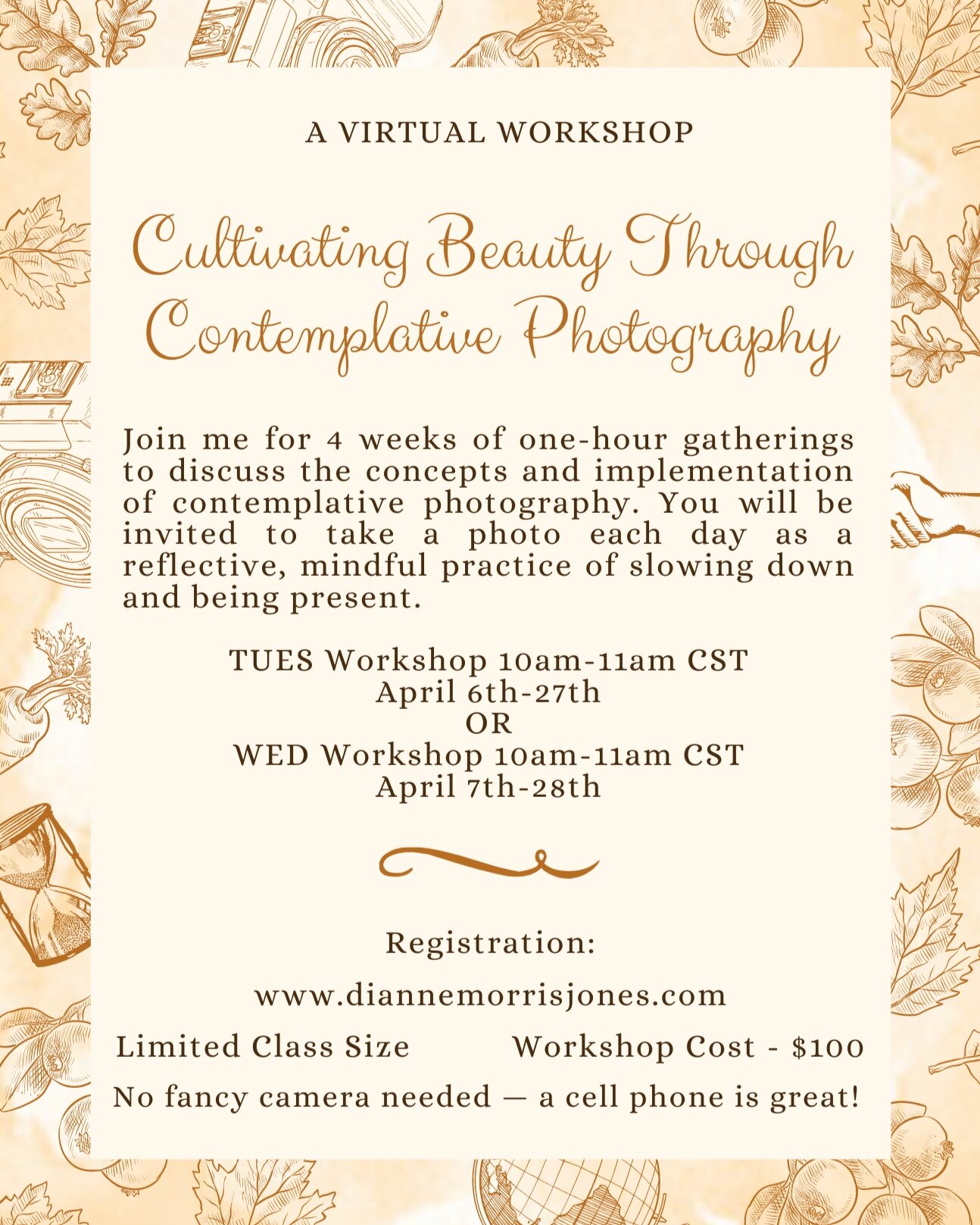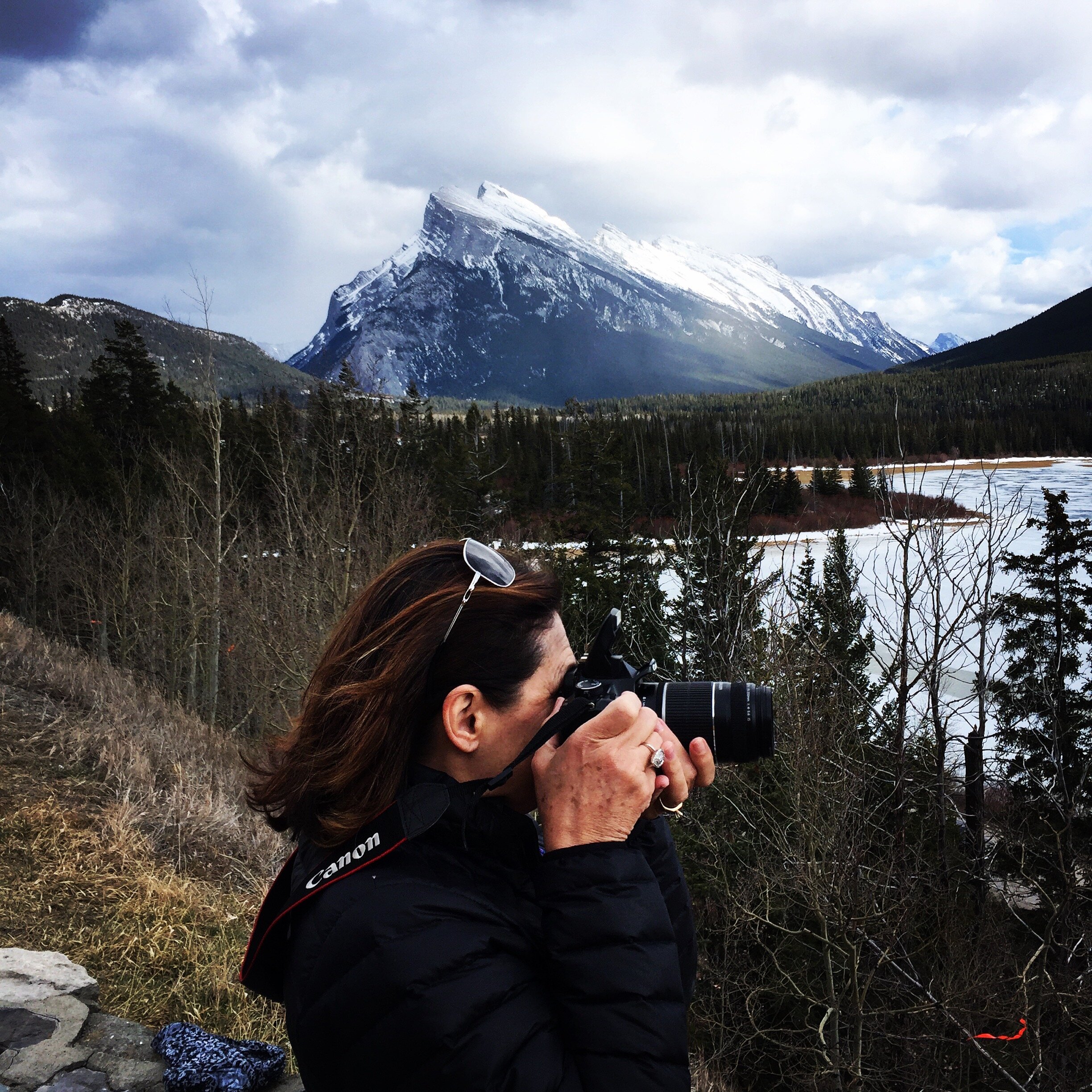An Invitation to Try Living Softly and Tenderly - Choosing a Delicate and Different Kind of December
/What would it even mean to be invited to try living softly and tenderly – especially during December amidst the hustle and bustle of the holiday season?
I love the writing of Aundi Kolber, a therapist and the author of Try Softer. She relates that after meeting with her supervisor and sharing how worn out and tired she was, he said, “I’m not asking you to stop caring, just to change the way you are caring.” And then he said, “What I mean is…what if – just for a change – instead of trying harder, you tried…softer?” Kolber advocates, “Learning to try softer is not a onetime event but a way we learn to be with ourselves.”
When our culture has communicated the messages to go fast and hard, do it all perfect, etc. – what if we pause? What if we take an exquisite pause and walk softly and tenderly towards a different way?
How could we try softer by becoming more attentive observers of what is going on with our bodies? With our minds and our thoughts? With our feelings? With our responses?
Consider this poem by John O’Donohue...
Photo taken in Big Bend National park, texas.
You have traveled too fast over false ground;
Now your soul has come to take you back.
Take refuge in your senses, open up
To all the small miracles you rushed through.
Become inclined to watch the way of rain
When it falls slow and free.
Imitate the habit of twilight,
Taking time to open the well of color
That fostered the brightness of day.
Draw alongside the silence of stone
Until its calmness can claim you.
Be excessively gentle with yourself.
JOHN O'DONOHUE
“For One Who is Exhausted,” To Bless the Space Between Us
You may receive multiple invitations during December for parties, celebrations, family or friend get-togethers…. This is a different kind of invitation.
The invitation to try living softly and tenderly takes intention and courage. I am not suggesting that we stop having parties, giving gifts and halt our holiday traditions. I am inviting us – this is me included – to look at our time, our intentions, our conversations, our commitments and with those areas, move into and live softly and tenderly in the way that we do our days, our weeks and our month of December – in the way that we choose to be in our days, our weeks and our month of December.
What might an intentional and exquisite pause look like?
Maybe our hearts are hurting with grief…longing, feeling lost, or experiencing loss. Maybe during this fragile time there is a significant moment for an exquisite pause. A pause that honors and holds our hearts with gentle care.
Photo taken in big bend national park, texas.
As we were hiking in Big Bend National Park recently we hiked to Santa Elena Canyon, a beautiful canyon wall of 1,500 feet. We were the only ones on the trail at the time and the serenity of the smoothly flowing water, the grandiosity of looking up at the canyons and the peacefulness was palpable. We decided to sit in the dirt and just linger there. After a while, another hiker came up and stood around for a while admiring the beauty of the canyon and then gingerly asked if she could join us. She said, “I have never heard silence before.” Of course, we encouraged her to stay and sit with us for a while. How could listening to some moments of silence each day this month be restorative for us? Maybe during this time of noise there is a time for a restorative and exquisite pause of silence.
Jimmy Kimmel recently asked 100-year-old Norman Lear, the American producer, writer and director, what advice he had for living a long and happy life. Lear related that living in the moment was important. And then he said, "In between the past and what's next, there's this little hammock of now. That's where you have to live." I love that word picture, the “little hammock of now.” Maybe as we look back or look ahead, we choose an exquisite pause of tenderly reflecting on the “hammock of now.”
What might our “hammock of now” look like? Between the “past” and “what is next”…what is the now?
How might we practice trying more softly?
In what ways could we be softer with ourselves?
How could we practice being softer with others?
Photo taken in dallas, texas.
In what way does our heart yearn for tenderness?
In what ways could we be more tender with ourselves?
How could we practice being more tender to those we love?
Photo taken at sun valley ski resort, idaho.
I first fell in love with Brandi Carlisle’s music when I heard her sing “I Have a Voice” with Alicia Keys. The morning I was writing this piece, Carlisle’s song “Stay Gentle” came across my social media feed. So beautiful, and so appropriate to this month’s concept of living softly and tenderly. Enjoy!
The reality is that living softly and tenderly takes a lot of strength and courage. We are precious, fragile, strong and loving beings. We desire to be loved and seen and heard and understood. May we lean into our strength, our vulnerability, our desire to cherish the “hammock of now” as we walk through December in a meaningful way – a softly and tenderly way.



